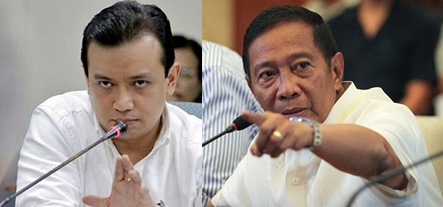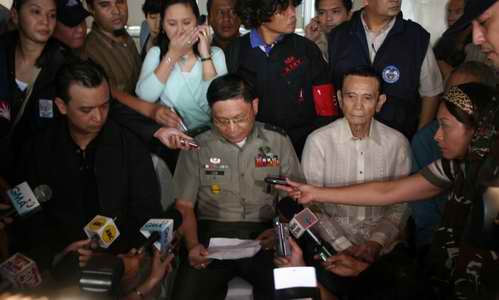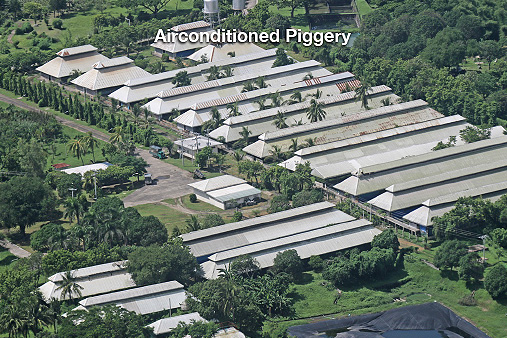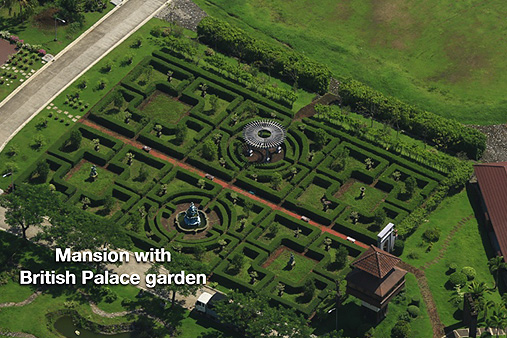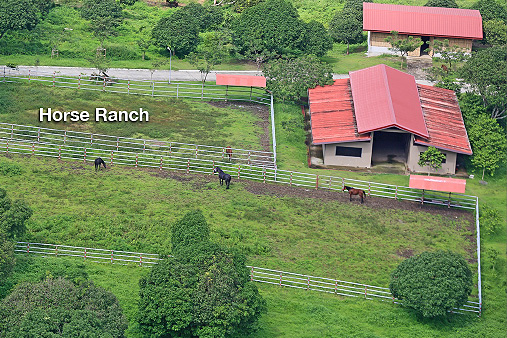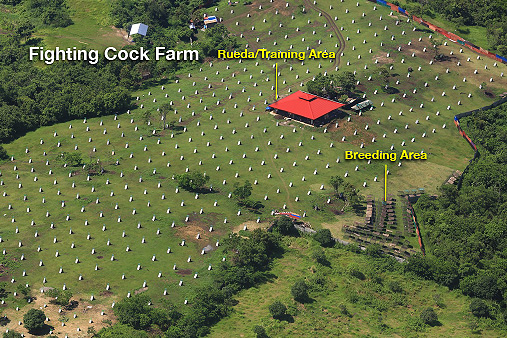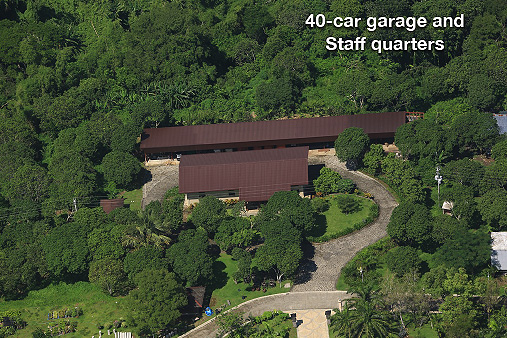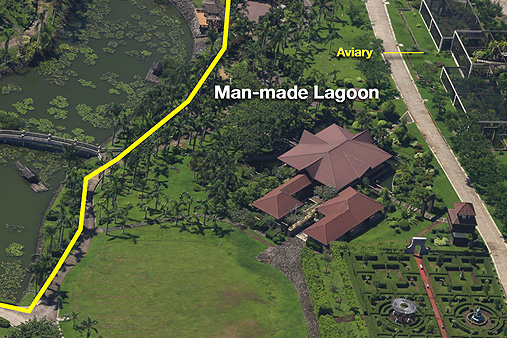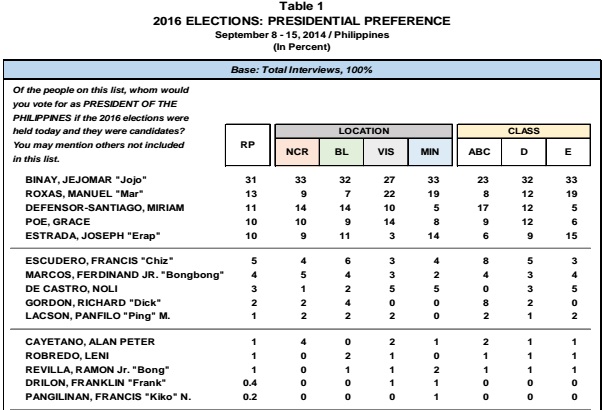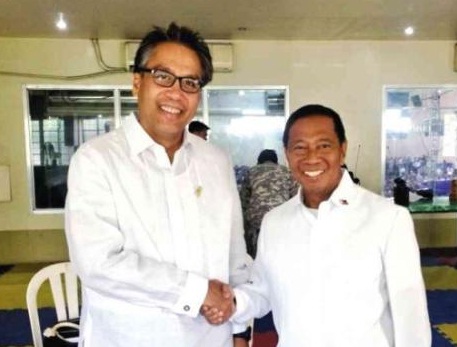VICE PRESIDENT Jejomar C. Binay has launched his march to the presidency, with 17 months yet to go before the May 2016 elections. The wannabe-president has, in fact, taken the first step that six former presidents had all done to push their ride to power — switch political parties. What follows is a guest article from the academic team of the Asian Institute of Management Policy Center
———————————————————————————————————-
POLITICAL PARTY SWITCHING: IT’S MORE FUN IN THE PHILIPPINES
By Prof. Ronald U. Mendoza, Jan Fredrick Cruz, and David Yap II
VICE PRESIDENT Jejomar Binay has been candid about his dissatisfaction with his old party, the Partido Demokratiko Pilipino/Lakas ng Bayan (PDP-Laban). VP Binay, the figurehead of the opposition United Nationalist Alliance (UNA), noted how some of his PDP-Laban party-mates ran under the administration ticket in the 2013 elections. He criticized PDP-Laban for vague leadership and factionalism.
It was not surprising, then, that the VP bolted from PDP-Laban and declared that he would form his own party in early 2014. And by late September 2014, Binay’s new party absorbed the name UNA, and it might as well, as the new party appears set on collecting well-known politicians from different political parties.
The list includes Gwen Garcia, district representative from Cebu (Lakas-KAMPI-CMD Party); Sherwin Gatchalian, district representative from Valenzuela (NPC Party); Jonvic Remulla, Cavite governor (Nacionalista Party); and Mike Rama, Cebu City Mayor (formerly Liberal Party until 2012, switching to UNA thereafter).
Senator JV Ejercito, (PMP); Manny Pacquiao, district representative from Saranggani (PDP-Laban); and Faustino Dy III, Isabela governor (NPC) have also thrown their support behind the VP.
History replete with party switching leaders
Party switching by VP Binay and colleagues follows a fairly consistent trend for many Philippine leaders. The very first incidence of major party switching happened during the early decades of the Republic, when politicians such as Manuel Roxas and Elpidio Quirino led a disgruntled faction of the Nacionalista Party to a new political party, the Liberal Party, in the 1940s.
In fact, nearly half of the former Presidents were party switchers:
* Ramon Magsaysay, the Liberal-affiliated Defense Secretary of then President Elpidio Quirino, who switched to Nacionalista to thwart his old boss’s re-election bid;
* Ferdinand Marcos, who switched from Liberal to Nacionalista in response to an unkept promise by Diosdado Macapagal to serve just one full term;
* Fidel V. Ramos, who formed the Partido Lakas ng Tao (People Power)-National Union of Christian Democrats (Lakas-NUCD) when he failed to get the presidential nomination of LDP in 1992;
* Joseph Ejercito Estrada, who was elected as senator under the Nacionalista banner in 1987, switched to Liberal Party when he assumed his Senatorial office, then later left the Liberals in 1991 to start the populist Puwersa ng Masang Pilipino (Power of the Filipino Masses), and then also ran later as Vice Presidential candidate of the Nationalist People’s Coalition; and finally,
* Gloria Macapagal-Arroyo, who was a member of LDP as a Senator, formed the Kabalikat ng Mamamayang Pilipino (Ally of the Filipino Citizen) or Kampi in 1997, ran as Vice Presidential candidate of Lakas-NUCD in 1998, and once served as honorary chairperson of the Liberal Party.
Philippines stands out again, internationally
Nevertheless, political party switching is not an “only in the Philippines” phenomenon. It is routinely observed across diverse democracies such as Thailand, Ecuador, New Zealand, Hungary, Ukraine, Turkey, South Africa, and even Japan as notable examples.
Depending on the context, party switching could be viewed in a very negative light as evidenced by the various ways the phenomenon has been described: political turncoatism, political migration, floor-crossing (especially in parliamentary democracies), waka (canoe) hopping (New Zealand), camisetazo (“changing shirts” in Latin American countries), political butterflies, chaleco politics, and the Filipino idiom balimbing.
(Balimbing is the domestic name of the carambola fruit that appears to have many sides or faces. The term has since taken on a derogatory meaning for politicians, implying a lack of loyalty to one’s party-mates.)
While some party switching by some politicians can be seen as a pragmatic reality in most democracies, excessive party switching by many politicians is often considered a troubling sign of a weak party based democracy.
The question then would be: Is party switching in the Philippines more intensive when compared to other developing democracies?
To arrive at an answer, we tried to complement the earlier literature in this area by developing and analyzing a novel dataset on party switching, which covers the Philippine House of Representatives from 2001 to 2013.
In our dataset, 2001 serves as the reference year for determining the original party for lower house legislators in the first instance. The political party of each legislator was identified from data obtained from the Commission on Elections, primarily the certificates of candidacy and election returns, thus capturing the change in party of the legislator between these filings.
And similar to our earlier AIM Policy Center research that found the share of dynasties in the Philippine Congress is much higher than in other developing democracies, our most recent study also suggests that our Congress exhibits a higher degree of party switching relative to other democracies
Dynasties and party switching
Access to more detailed information on party switching patterns allows us to empirically assess the linkage between party switching and other patterns in our democracy, including dynastic politics.
An excessive number of dynasties and more intensive party switching are often cited malfunctions in the Philippine political system, yet they have never been linked by any empirical evidence before. In theory, and as elaborated earlier, the lack of strong political parties is part and parcel of the personality-centered politics that tends to dominate Philippine elections.
And the most dominant feature of personality-centered politics is often associated with the rise of dynastic clans. Thus family allegiances rather than party- and policy- focused allegiances tend to dominate the landscape of Philippine politics.
Anecdotal evidence suggests that political dynasties possess long-lived political careers, in part because they engage in extensive party switching (notably defecting to the party of the winning candidate for the Presidency).
This practice could be compounded by Presidential candidates who actively seek alliances with dynastic clans in key vote-rich regions, in order to garner stronger political and financial support. In the literature, these practices are considered part of the broader pattern of personality-based politics that hollows out the party-based system (Quimpo 2008).
The data suggest that dynastic legislators have increasingly dominated the group of party switchers in Congress. The number has increased from 22 in 2004 to 80 in 2013—or from roughly 45% of the total number of party switchers in 2004 to almost 80% by 2013.
It is interesting to note that the majority of party switchers are now comprised of what Mendoza, et al. (2013) refer to as “fat dynasties” — politically dynastic legislators who have relatives in other elected positions at the same time of their incumbency. Put differently, these are dynasties often with multiple family members encumbering elected offices at the same time.
These fat dynasties are expected to muster even greater political clout when compared to “thin” dynasties (those dynastic clans that field merely one family member at a time) and non-dynastic politicians, largely because they have control over far larger shares of public resources and the state apparatus.
The political dominance of some of the “fattest” dynasties (e.g. those with large numbers of family members in office) also potentially provide a much stronger political base in some of the Philippine regions where these patterns have become more pronounced.
This appears to provide initial evidence of a possible link between two major dysfunctions in the Philippine democratic politics — political dynasties that have begun to dominate the political landscape at the local and national levels and excessive party switching that is deemed by analysts to render political parties inutile in developing and advancing coherent policy platforms on social and economic development.
A nation led by turncoats?
As noted by Prof. Julio Teehankee (2014), most political parties in the Philippines have become dysfunctional so that party switching has become a routine phenomenon, notably prior to Presidential elections (and also immediately after, once the victor is declared).
Due to strong personality-based politics, it is also not uncommon for aspiring Presidentiables to set up their own political party, attracting the bulk of the necessary political machinery through party switching rather than party building. Many leaders from virtually all levels of the Philippine government (national, regional and local) are also prolific party switchers.
These patterns raise serious questions about the accountability of the nation’s leaders. If party switching is pervasive in the Philippines, what is its impact on the stability of policy agendas?
What are the possible factors associated with increased party switching, notably from a regional perspective? Are poorer regions associated with more party switchers, due to the need for pragmatic relations with whoever holds central authority?
And finally, is there still such a thing as an “informed voter”, if the majority of politicians do not adhere to or care to develop clear political and policy platforms anyway?
* This article draws from a similarly titled study of the AIM Policy Center. For fully elaborated details on the methodology and literature on party switching, please refer to: Mendoza, RU, JF Cruz and D Yap, “Political Party Switching: It’s More Fun in the Philippines. Asian Institute of Management (AIM) Working Paper No. 14-019 or at SSRN. The views expressed in this article and in that study do not necessarily reflect those of the Asian Institute of Management. Questions and comments could be addressed to: POLICYCENTER@AIM.EDU.
Selected References:
Lirio, Charmaine. “Presidents and political parties.” (accessed August 1, 2014).
Mendoza, Ronald U., Edsel L. Beja, Victor S. Venida, and David B. Yap II. “Political Dynasties and Poverty: Resolving the ‘Chicken or the Egg’ Question,” AIM Working Paper Series No. 13-017, Asian Institute of Management, Philippines, 2013.
Quimpo, Nathan Gilbert. “Contested Democracy: An Alternative Interpretation of Philippine Politics.” In Contested Democracy and the Left in the Philippines After Marcos, 21-53. Quezon City: Ateneo de Manila University Press, 2008.
Teehankee, Julio. “Binay’s new party and chaleco politics.” Rappler, March 16, 2014.
